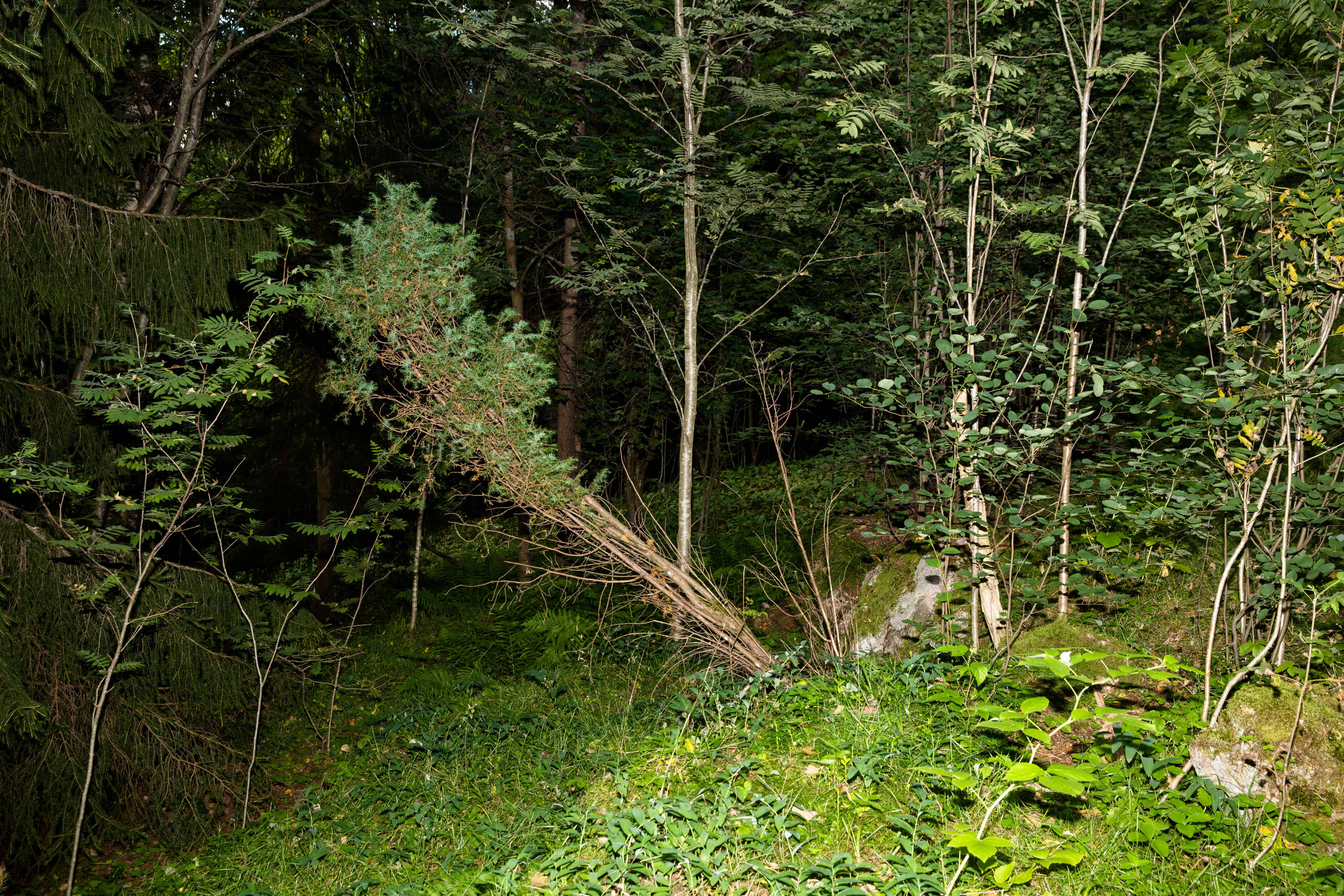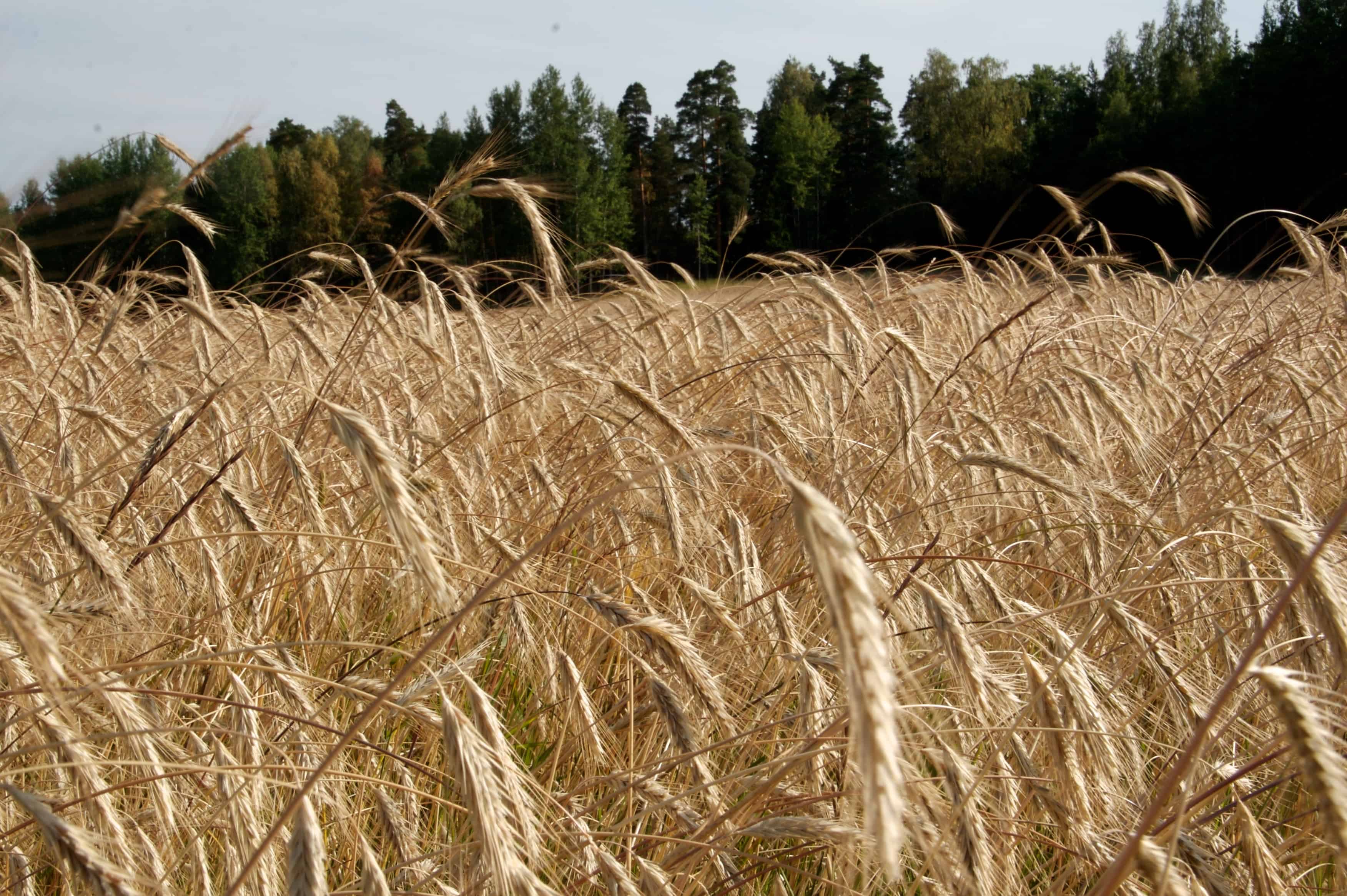
Photo credit: Sakari Piippo/Finland Promotion Board
by Kimberly Jacobs
Identity can be a groan inducing word. Often it is used in a long hyphenated phrase such as, “I identify as something-something plus a touch of something.” These phrases betray our self-obsessed modern culture. However, there is truth to identity. It is a universal human need to be something, anything, and belong to a tribe, whether it be a social, religious, ethnic, or even a political tribe. Identity both separates us from the rest of the world and includes us in a smaller more special group.
DNA testing can reinforce our identity and assure us that the Kiss me I’m Irish t-shirt was a wise purchase. But it can also shake our core beliefs on who we are. At the SFHS offices we have fielded more than one panicked phone call from someone who had been Swedish their whole life but now they are Finnish. The descendants of Swedish Finns often think their family came to North America from Sweden. Swedish scribbled on the back of old family photos, cardamom bread served at coffee time, and the fact that Grandpa’s name was Carl Carlson was all the proof they needed of their heritage. Then the DNA results arrive. Now what kind of cookies will you bake for Christmas?
But surely if you have traced your family back to Sweden, to a farm in Värmland, you are definitely Swedish. right? Then the DNA results arrive. It says that you are 18% Finnish. Nope. The family tree is filled with Svens, Oles, and Ingrids. The results must be wrong. Maybe. But most likely your family is filled with deep cover Finns, Forest Finns. Congratulations! This is a fascinating tribe with a wandering spirit.
During time from the 12th century until 1809 Finland was part of Sweden. Finnish resources made Sweden’s rise to superpower in the 17th century possible. Finns served in the Swedish military. Finns moved to Sweden and Swedes moved to Finland. However, Finnish language and culture was separate and distinct from Swedish language and culture.
In the 16th century King Gustav Vasa wanted to settle new lands in order to strengthen his tax base. The crown offered tax exemptions of 6–15 years to those who would settle the forests of Eastern Finland (3). Settlers from Savolax, Finland took their method of slash and burn farming and settled in these forests. Within a century these forests could not support any additional slash and burn farms, which require vast stretches of land. The Forest Finns again picked up and moved to the unspoiled forests of Sweden proper.
The first of the Forest Finns arrived in Sweden in the 1580s. They settled in Värmland, Ångermanland, and Södermanland. A decade later they settled in Hälsingland, Medelpad, and Dalarna. Then it was on to Norway. Finns from Ostrobothnia had also migrated to Sweden but integrated almost completely into Swedish society. The Forest Finns brought their culture with them and held onto it tightly.

Rye field in Finland. Photo Credit: MMMarkisto/Finland Promotion Board
Forest Finn Practices
The most famous practice of the Forest Finns is the slash and burn technique used in their farming. First they would girdle spruce trees in tract of land. After a year they would burn the dead and dry trees to the ground. When the ashes had cooled they sowed rye. The first year they allowed their livestock to graze on the rye seedlings (3). They also had portable shelters for their livestock. These would be moved around the cleared swidden ensuring that manure was spread around the entire area (1). During the second year of rye growth they would fence off the crop. This method took 3–4 years to complete but the harvests could produce 10–50 times the yield of ordinary farming methods (3). The land’s increased fertility only lasted three to four years (1) and then the farmer had to start over on another tract.
Forest Finns built traditional houses. They used logs to form dovetail corners. A smoke oven would occupy a quarter of the main living space but there were no chimneys. Instead, smoke was led away to a wooden channel that led to a hole in the roof (3). Smoke would rise to the ceiling but did not gather in the lower portion of the living space. These houses were called black cottages or smoke cottages (1,3).
The sauna, or bastu in Swedish, was another staple of Forest Finn life. They built a small house with a stone oven. The stone oven was built to give off heat quickly rather than maintain heat as the smoke oven did in their living quarters. There was no opening in the roof for the smoke to escape but there were small holes in the walls. They would start the fire and it burned until it died down. When the smoke cleared they poured water on the hot stones and the family took their weekly steam bath together (3).
Forest Finns were skilled birch bark craftsmen. It was used to construct backpacks, shoes, baskets for storage, and sheaths for knives (3). They also brought their food. Mutti, or motti, is a porridge made with flour, water, and salt. Some added lingonberries and milk, others used fish broth instead of water, and yet others served it with bacon and gravy (3). It is still served on special occasions in the Forest Finn areas of Sweden today.
Culture Clash
Problems between Forest Finns and the existing population in Sweden proper were rare. Records show that cases brought before the court were generally Finn vs. Finn or Swede vs. Swede. But there were problems and as with all culture clashes, economics were involved.
Iron mining increased in the 17th century. Mining needed forests for timber and charcoal production. It was a very lucrative industry. In mining regions slash and burn practices were restricted. In 1636 it is decreed that Finns that were not settled on farms had to return to Finland or become soldiers. Then in 1646 the houses of Finns must be burned if they refused to learn Swedish (3). In 1647 the burning of forests is banned (1). Then the used of Finnish began to be restricted. In some cases reading a Finnish book could result in jail time.
Where Are They Today?
Descendants of the Forest Finns still live in Sweden today. It is estimated that one in five Swedes has Forest Finn ancestry. The end of this cultural island is less romantic and more ordinary than its beginning. In the 19th century education and communication systems were formed. Culture in Sweden as a whole became more homogeneous as a result. Forest Finns married into the existing population, and their unique farming methods became both unsustainable and unnecessary. The value of timber increased making timber work profitable (1). Raising livestock to sell as food became a much better source of income. The boring answer is things change. The gradual loss of their language, modern housing, and the end of their unique farming made them ordinary Swedes. The story of the Forest Finns proves that the differences between humans is usually circumstantial and fleeting.
Bibliography
- Korhonen, Teppo. The History and Background of Finnish Immigration to Finnskogen.
- Tarkiainen, Kari. The Emigration of Swedish-Finnish Burnbeaters to Delaware.
- Wedin, Maud. The Forest Finns in Scandinavia. Falun, Sweden: Finnbygdens Förlag och FINNSAM, 2004.